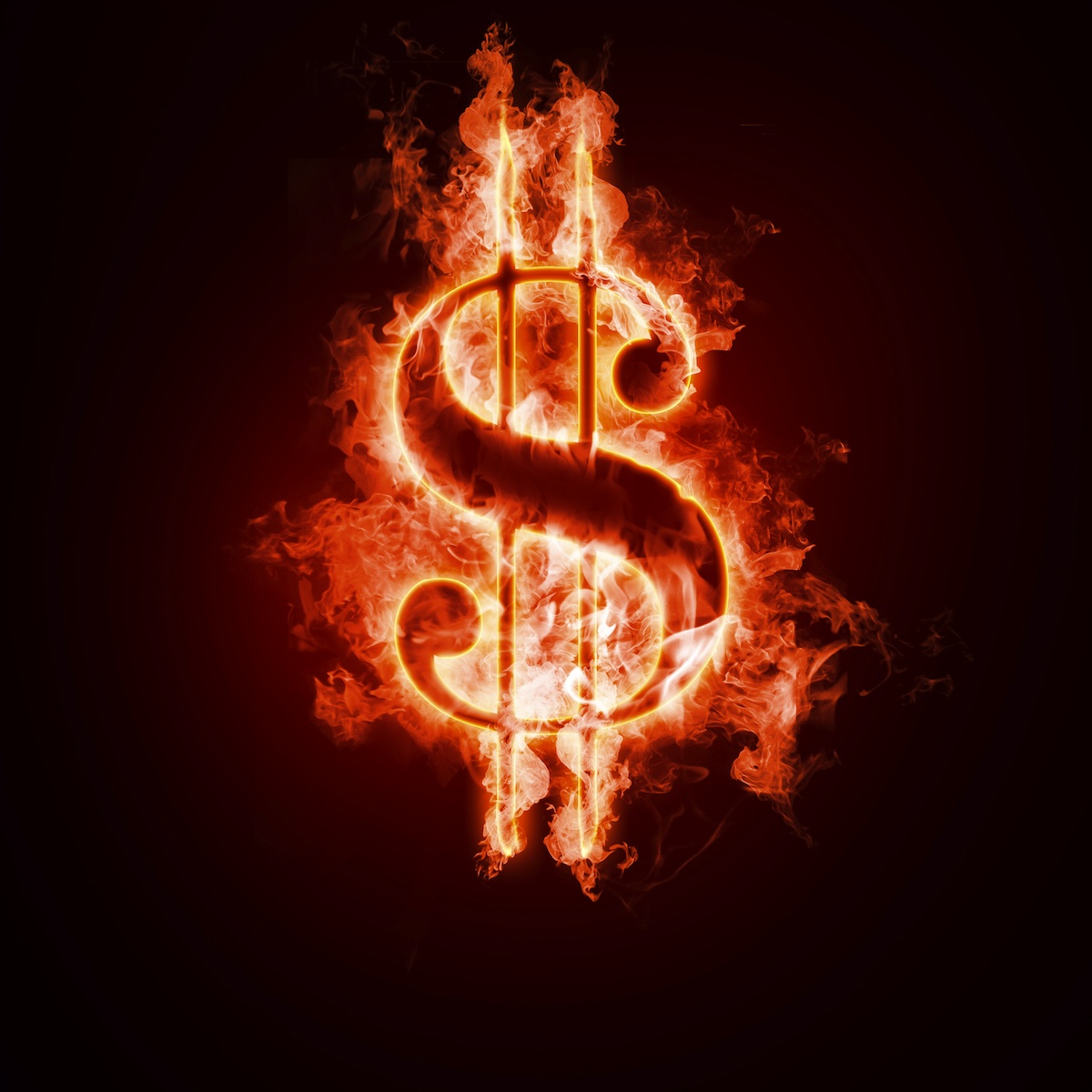The Local newsletter is your free, daily guide to life in Colorado. For locals, by locals.
My mom called from upstate New York the other day to see how I was doing. She’d been watching TV news reports on the High Park Fire and wanted to make sure I was OK. How is the smoke? It looks bad. They’re showing pictures of Denver. It’s no surprise, of course, that this fire would garner my mom’s attention. The whole nation, though, seems to be watching our weather reports and fire alerts. How will the publicity effect the Centennial State’s valuable tourism industry, which already took a beating this winter?
It’s not hard to find stats on the importance of tourism to the state economy. Denver visitors spent $3 billion in 2010, according to Visit Denver, the Mile High City’s tourism bureau. That spending supported 50,000 jobs. Lodging alone generated $921 million. And tourism spending saves every Denver household $395 dollars a year in taxes.* Tourism is the second largest industry in the City and County of Denver—and in the state. Kicking off the summer travel season with pictures of smoke billowing over the Front Range is bad for business.

How bad? We may not know for years, but, according to a 2009 study that examined the impact that two previous Colorado forest fires had on tourism, we’re probably talking millions: “Indirect wildfire costs include lost sales and county taxes, as well as business revenue and property losses that accumulate over the longer term. For example, properties that escape damage in the fire may still experience dramatic drops in value as the area recovers.” The study estimated the 2002 Hayman Fire’s indirect costs at $2,691,601. Indirect losses associated with the 2002 Missionary Ridge Fire, which burned more 70,000 acres in the southwestern part of the state, totaled $50,499,849.
Let’s hope we’re better off this time around.
*The amount of money households would have to pay if visitors didn’t cough up $750 million in taxes annually.
—Image courtesy of Shutterstock








